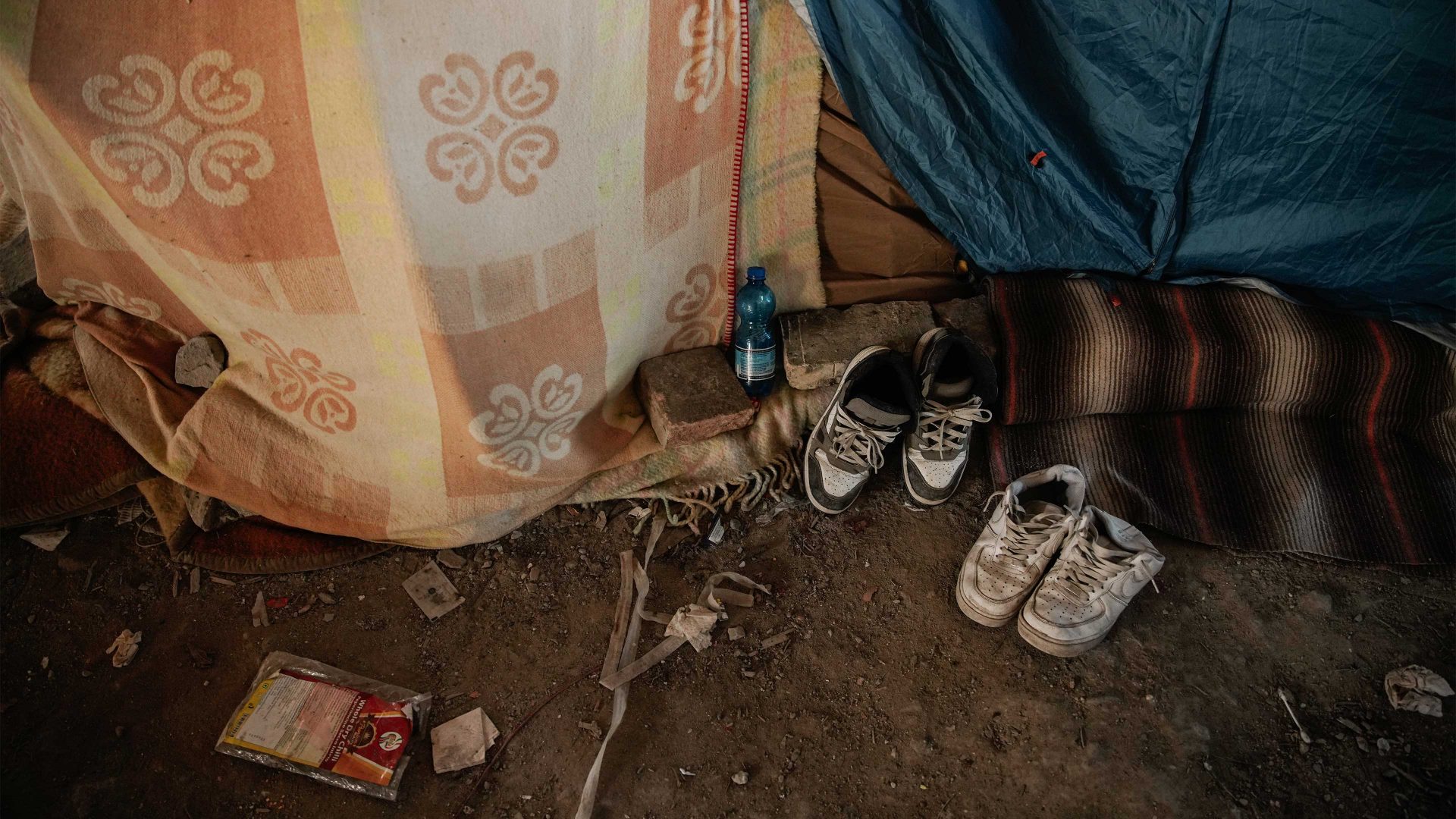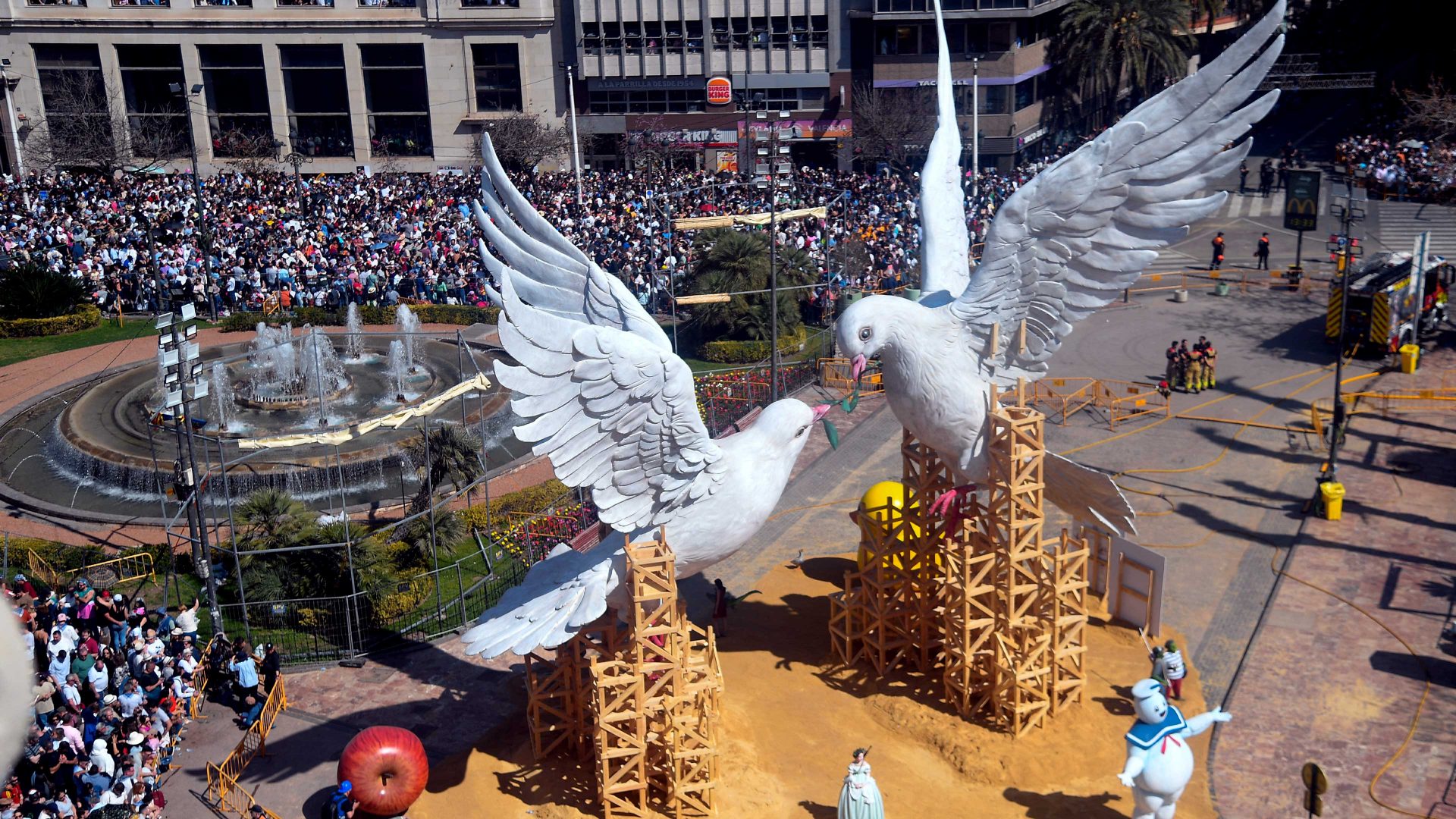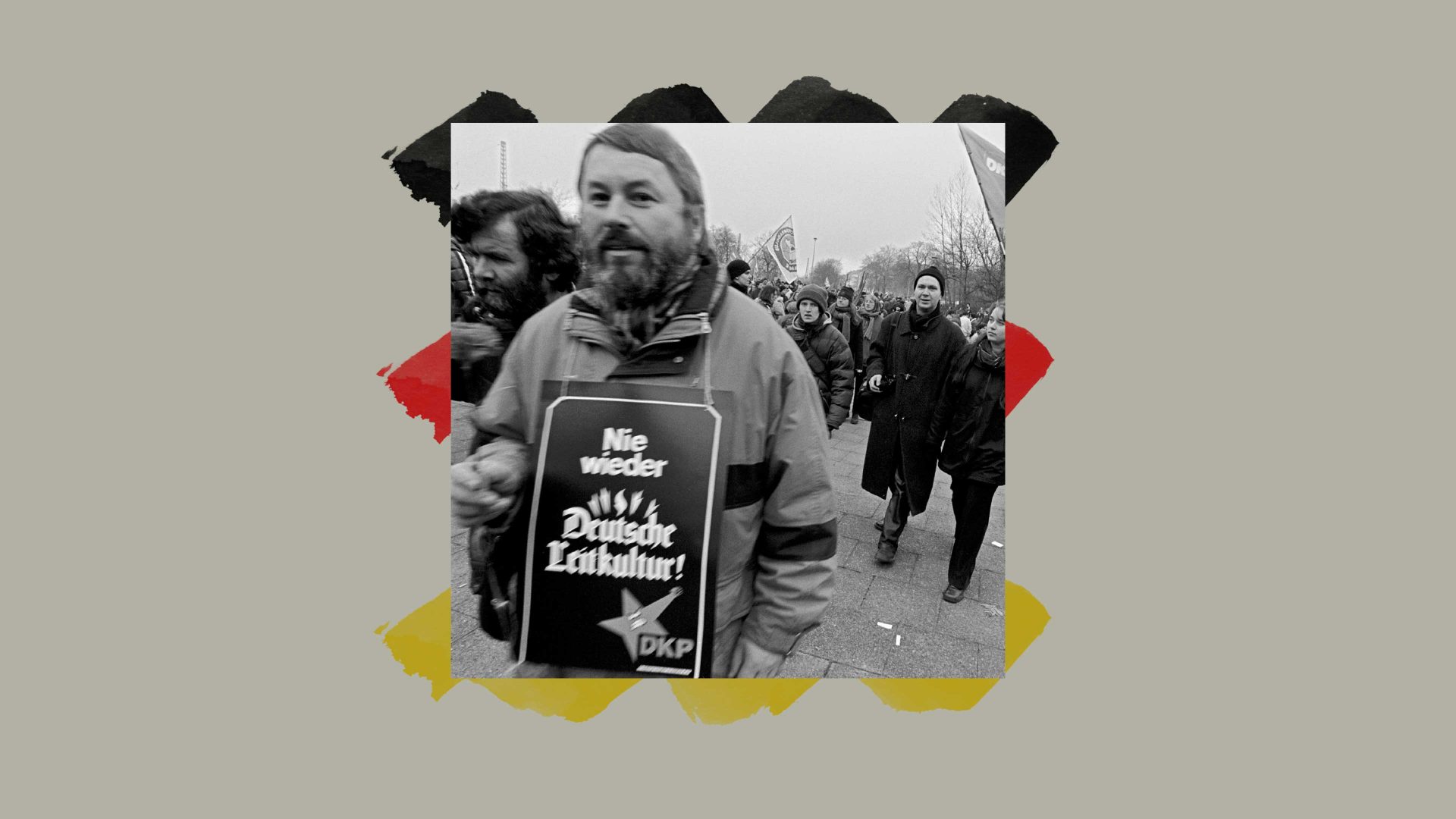“In my country, there has never been peace. I ended up in prison for my political beliefs. Once out, I was in danger and I decided to leave. I tried to reach Greece by sea from Turkey. After six pushbacks, without shoes and clothes, I walked the Balkan Route, crossing the Turkish-Bulgarian border. Now, I am in Italy. I desire a peaceful life.”
In front of Trieste railway station, in Piazza della Libertà, a few kilometres from the Italian-Slovenian border, Ram waits for dinner time. It’s almost evening in the city where the Bora wind blows, and dozens of migrants await the arrival of volunteers who will also distribute shoes and clothes.
“We take care of migrants in transit, those who want to stay. We will stay here as long as we have the strength: in the face of migration issues, we must not resign ourselves,” says Gian Andrea Franchi of Linea D’Ombra, a group that has been supporting migrants in transit in Trieste and on the Balkan Route since 2019.
Beside him is his partner, Lorena Fornasir, co-founder of Linea D’Ombra, who is treating a migrant’s foot wounds on a medical bench. This practice has built a grassroots network of support that assists asylum seekers and migrants in transit in what is now called “World Square”.
Ram says goodbye: “I’m going back to the silo. I’ve been waiting there for a document for weeks.” Between 2022 and 2024, the slow transfer of asylum seekers and the lack of beds, combined with the high numbers of people, has forced migrants to sleep on the streets, or seek refuge in an old silo behind the train station. Today, that space is threatened with closure. “Eviction? And what solutions do you offer? People will come again, and after two days, they’ll be back inside the building,” says Gianfranco Schiavone, president of a group that protects migrants.
According to Schiavone’s organisation, in 2023, at least 16,000 people passed through the city.
“I believe the situation in Trieste is a deliberately created emergency. The regional government, and not only that, is far right. Italy is full of fear-mongers. There’s talk of an invasion, which in the collective imagination is also fuelled by migrants abandoned on the streets. A scene that suggests there are too many of them, rather than a malfunctioning reception system, which has instead been destroyed by decrees,” says Schiavone.
“The mayor of Trieste has stated that he will do nothing for these people, yet it is his obligation. If the number of migrants in Trieste today is lower than a few months ago when there were 500 people in the silo, it’s only because of media pressure and winter slowing down the journey on the Balkan Route.
“The media sped up the transfers. But what will happen in a month?”
In a report on the first months of 2024, the NGO International Rescue Committee and Diaconia Valdese encountered 2,000 migrants in Trieste; in March there was a 48% increase in arrivals from February.
“In summer we have 1,500 people sleeping on the streets each month,” explains Giulio Zeriali, socio-legal operator of the Open Europe Trieste project at Diaconia Valdese. “Seventy per cent of the people arriving don’t want to stay in Italy. Most migrants come from unsafe countries like Afghanistan,” says Zeriali in his office at the San Martino al Campo migrant day centre, where he works alongside other associations.
“We have a dormitory for single men with 25 beds, and then there are other beds provided by Caritas for single women and families,” says Zeriali. The dormitories of the associations and the solidarity network in the square are the only reception system present in Trieste, where institutions do not deal with managing migration flows.
“The silo is atrocious, but it’s a place of life. A few weeks ago, activists organised a two-day event inviting the population to enter this place. Pashto lessons, music: there’s life inside,” he says. An autonomy that does not exist in overcrowded and isolated reception centres.
It is now night over Trieste. Darkness will still cradle the dreams and worries of migrants and people who dream of a better world.
Alessia Manzi is a reporter specialising in migration and human rights



